Don't Get Denied: 5 Ways to Accidentally Void Your Toyota Warranty (and How to Avoid Them)
1. The Lure of DIY (Doing It Yourself... Incorrectly)
There's a certain satisfaction that comes with tackling car maintenance yourself. A quick oil change, swapping out an air filter, or even a minor brake job can save money and give you a sense of accomplishment. However, when it comes to your Toyota's warranty, improper DIY work or using non-OEM (Original Equipment Manufacturer) parts can be a risky game. While the Magnuson-Moss Warranty Act generally protects consumers from being forced to use dealership services for routine maintenance, any damage directly attributable to incorrect DIY repairs or the failure of aftermarket parts can lead to a denied warranty claim.
For example, if you perform an oil change incorrectly, resulting in engine damage, your warranty might not cover the repair. Similarly, installing an off-brand, cheap fuel filter that fails and causes issues with the fuel system could put you in a tough spot. To avoid this, always follow the manufacturer's recommended procedures meticulously if you're doing DIY work. Better yet, stick to OEM-equivalent or higher-quality aftermarket parts. And remember, keep detailed records of all your maintenance, including receipts for parts and a log of when the work was done. When in doubt, it's always safer to trust certified Toyota technicians who use genuine parts.
2. Skipping Scheduled Maintenance: Don't Ignore the Manual!
Life gets busy, and sometimes, those routine service intervals in your owner's manual can feel like pesky suggestions rather than crucial directives. But neglecting your Toyota's scheduled maintenance is one of the quickest ways to accidentally void parts of your warranty. Your vehicle's warranty is often contingent on you upholding your end of the bargain: proper care and maintenance as outlined by the manufacturer. These scheduled services – oil changes, tire rotations, fluid checks, filter replacements, and inspections – are designed to keep your vehicle running optimally and prevent premature wear and tear.
If a major component fails and you haven't followed the recommended maintenance schedule (e.g., an engine issue linked to consistently overdue oil changes), the manufacturer could argue that your negligence contributed to the problem, thus denying your warranty claim. The key here is documentation. Whether you get your car serviced at a Toyota dealership, an independent mechanic, or even do some tasks yourself, keep meticulous records. Save every receipt, note the dates, mileage, and services performed. This paper trail is your best defense should a warranty claim arise, proving that you've diligently maintained your vehicle according to Toyota's specifications.
3. Aftermarket Modifications Gone Wrong: When Upgrades Become Downgrades
Modifying your car is a popular way to personalize it or enhance its performance. From suspension lifts and engine tuning to aftermarket exhaust systems and fancy infotainment setups, the options are endless. However, some aftermarket modifications can inadvertently jeopardize your Toyota's warranty, particularly if they directly cause damage to other components. The warranty typically covers defects in materials or workmanship from the factory, not issues stemming from third-party modifications.
For instance, if you install an aftermarket performance chip that pushes the engine beyond its intended limits, leading to engine failure, Toyota will likely deny any warranty claim related to that engine damage. Similarly, an improperly installed lift kit could stress other suspension components or drive shafts, leading to premature failure not covered by the original warranty. It's important to understand that not all modifications void your entire warranty. Only parts that are directly affected or damaged by the modification may be excluded from coverage. Before making any significant changes, it's always a good idea to consult with your Toyota dealership or a trusted mechanic who understands warranty implications. Opt for modifications from reputable brands and ensure professional installation to minimize risks.
4. Misusing or Abusing Your Toyota: It's Not a Race Car (Unless It Is!)
Toyota vehicles are built for reliability and a wide range of uses, but they aren't indestructible, nor are they designed for every single application imaginable. Misusing or abusing your vehicle can quickly lead to denied warranty claims. This category covers a broad spectrum, including things like racing, excessive off-roading with a vehicle not designed for it, overloading beyond the manufacturer's specified weight limits, or heavy towing that exceeds the vehicle's rated capacity.
Imagine using your family sedan for competitive track racing. The extreme stresses placed on the engine, transmission, brakes, and suspension far exceed normal driving conditions. If components fail under these circumstances, it would be considered abuse, and your warranty would likely be voided for those specific damaged parts. The same goes for consistently driving through deep water that exceeds your vehicle's ground clearance, leading to water damage in the engine or electrical systems. Always operate your Toyota within its design parameters and recommended usage guidelines. Read your owner's manual to understand the limits for towing, payload, and off-road capabilities. If you plan to engage in activities that push your vehicle, ensure it's specifically designed for them, and be aware that certain extreme uses might always carry warranty risks.
5. Ignoring Recalls and Safety Advisories: Don't Overlook Crucial Updates
When a manufacturer issues a recall or a safety advisory, it's not just a suggestion – it's a critical communication about a potential defect or safety risk that needs to be addressed. Ignoring these crucial notifications can, in some cases, lead to complications with your warranty, especially if the issue highlighted in the recall eventually causes further damage. While not explicitly designed to void a warranty outright if ignored, neglecting a known safety defect could be seen as owner negligence, particularly if a subsequent failure directly relates to the unaddressed recall.
Toyota, like all reputable manufacturers, sends out notifications for recalls and service campaigns for a reason: to ensure the safety and proper functioning of your vehicle. These repairs are usually performed free of charge at authorized dealerships. Failing to get a known defect fixed and then experiencing a related failure could potentially lead to a dispute over warranty coverage. It's vital to stay informed. Register your vehicle with Toyota so you receive direct notifications, regularly check the NHTSA (National Highway Traffic Safety Administration) website for recalls, or simply ask your dealership during routine service if there are any outstanding recalls on your specific model. Taking prompt action on recalls is not just about protecting your warranty; it's about ensuring your safety and the longevity of your Toyota.
Conclusion
Your Toyota's warranty is a valuable asset, protecting your investment and offering peace of mind. By understanding these five common ways it can accidentally be voided – from improper DIY work and skipped maintenance to risky modifications, vehicle abuse, and ignored recalls – you're better equipped to protect it. Always prioritize scheduled maintenance, use quality parts, consider professional installation for modifications, and operate your vehicle responsibly within its intended design. Keep meticulous records of all service and repairs, and when in doubt, consult with your trusted Toyota dealership. By being proactive and informed, you can ensure your Toyota remains covered, delivering that legendary reliability for many miles and years to come. Drive smart, stay informed, and enjoy the journey!Where can I find my VIN?


